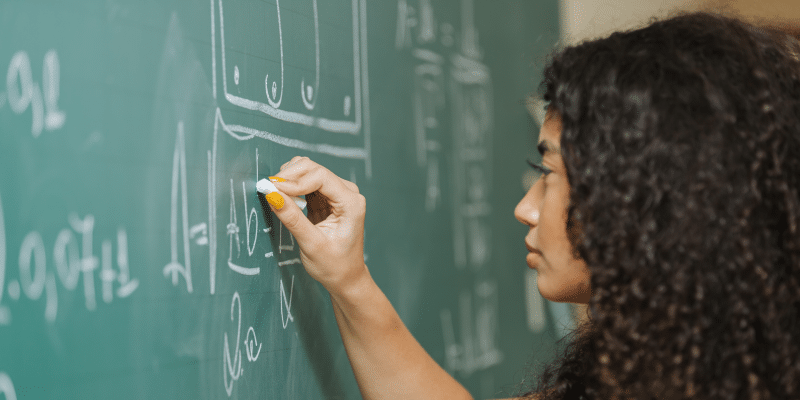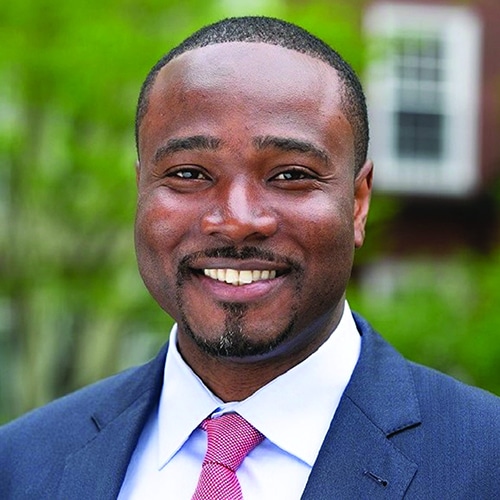This is the second in a two-part blog series about the role of innovation in improving Brazil’s education system. The series is funded in part by Mind Lab.
In part 1 of this series, I described Brazil’s education paradox–the country currently spends more on education than most countries in Latin America, yet its education outcomes are worse than its peers on the continent.
In this piece, I’ll explain how implementing a pull strategy, in contrast to a push strategy, can help tackle some of the problems we see in Brazil’s education system.
One of the major issues Brazil faces is the lack of coordination among the different levels of governments that manage different parts of the education sector. The municipal governments manage early childhood education while the state and federal governments manage secondary and higher education respectively.
There’s little coordination among the many agencies and entities in charge of the system.
Leaders in Brazil are aware of this problem and worked hard to create a National Education System in 2014. Some of the objectives of the National Education System are to “promote common educational guidelines throughout the national territory… define and guarantee common educational purposes… and to reinforce the federal government’s role in promoting articulation, standardization, coordination, and regulation of public and private national education.”
Their goal however, of creating a coordinating interface that can help standardize many of the activities in the education system has been difficult to realize. To this day, many of the core ideas proposed by the National Education System haven’t been implemented and still elicit “heated debates between government entities, civil society, and the general public.”
Although developing a national system to tackle this problem makes sense on paper, in reality it is more difficult to implement. Understanding how push and pull strategies differ provides a clue as to how Brazil can better tackle this problem.
Push versus Pull strategies
Many government programs–especially those in education, health, infrastructure, and social services–implement what we call a push strategy.
Push strategies are often driven by the priorities of their originators, typically experts in a particular field of development, and generate solutions that are recommended to communities that lack access to a particular resource such as schools, hospitals, etc. It is important to note that many of these resources being pushed are good things and they are often welcome by people in these communities.
Unfortunately, however, they are usually pushed into a context that isn’t quite ready to absorb them. And that can turn what started out as a good thing into something profoundly disappointing, very quickly.
Brazil’s National Education System is a perfect example of this strategy in action. Incredibly well meaning, however, difficult to execute considering the context.
By contrast, pull strategies are originated by people on the ground–often innovators–who are responding to the struggles of everyday people experiencing specific struggles. As the people on the ground design and develop their solutions, they pull in the appropriate resources needed to bring these solutions to the community.
Consider how several states in Brazil have implemented a pull strategy which has helped them improve the schools operating in their respective jurisdictions.
In the state of Ceará, officials recognized they needed to develop a specific strategy that focused on improving students’ learning outcomes in the state and not simply adopt an overarching top-down strategy designed by people who didn’t understand their context. So, they implemented a program that provides financial and non-financial incentives and technical support for schools. They also designed a “robust evaluation and assessment system…strengthened early-grade literacy teaching and provide training for teachers…” and a revamped curriculum, among other things.
The initiative worked and today the state has some of the highest student evaluation results in the country. The key to the success of this particular program was understanding the needs of the specific community, including the students, teachers, and school administrators, and then designing a program that pulled in the necessary resources to help them succeed.
Two other states, Pernambuco and Goiás implemented similar programs but focused on pulling in different resources. For instance, the state of Pernambuco adjusted its curriculum to “be more aligned to students’ needs and interests, and introduced student and family support mechanisms, such as tutorship.”
Goiás developed teacher support programs, instituted professional development of many teachers and modified the salary scheme in its schools. The results in both states suggest their programs paid off.
However compelling the idea of creating a national education system to help Brazil better manage its schools, teachers, and students might seem, the reality of implementing it in the context of a complex democracy is challenging. In the meantime however, schools, municipalities, and states, can execute a pull strategy that enables them to solve the education needs in their respective communities.
There is no silver bullet for solving a complex problem like Brazil’s education paradox. However, by understanding how innovation theories can illuminate the problem, practitioners will be better positioned to apply the appropriate strategy to solve the problem.



